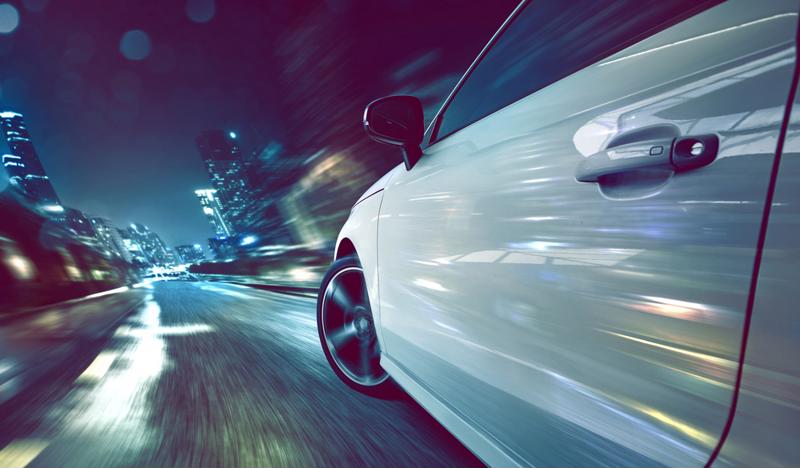

The development of the braking sector moves in slow cycles: Finding a new way to stop a moving vehicle is step one. Then, manufacturers have to put in years of work convincing carmakers and motorists that the new method is the right choice. They have to bring the cost down and test the new hardware extensively to make sure it works.
Every time there is a shift in the overall character of the sector, it's the product of years of work and development. That is a valuable lens through which to view one of the latest relevant changes in automotive braking: the rise of disc brakes at the expense of drum brakes' market share.
Looking at the market
It pays to periodically study the direction of the overall braking hardware market, to see the opportunities and challenges that lie ahead for original equipment manufacturers (OEMs). Research on the industry by Visiongain pointed out that approximately 298 million braking systems will be needed in 2017. With more demand than ever for advanced safety features and regulations becoming tighter around the world, high-performing brake manufacturers can expand and thrive in today's markets.
The research organization also gave an accounting of the factors that are driving the market toward discs and away from drums. Namely, discs have produced improved stopping distances, along with reduced upkeep costs and longer usable lifespans. These factors underlie a change in focus and technology that is still ongoing.
The trucking sector
Of course, one of the most important markets for determining automotive trends is commercial vehicles - fleet owners buy their assets en masse, and their decisions carry hefty price tags and consequences. The direction of the braking market in business trucks is therefore worth watching and analyzing. Fleet Equipment recently did just that, examining the preferences of trucking leaders.
The source noted that there is a major conflict for fleet managers today: When applied to trucks' heavy air braking systems, disc brakes are more expensive than drum brakes. That said, they produce better performance.
Is it worth paying more initially for systems that will deliver improved results on the road? Better braking can potentially lead to fewer accidents on the road, an extremely desirable goal for any fleet. If they can make the economics work, leaders will likely be thrilled to add systems that will keep their drivers safer.
Fleet Equipment added that the disc-against-drum question goes beyond trucks themselves and extends to trailers. Fleet owners are wondering whether it will benefit them to use a combination of disc and drum hardware, one kind on semi truck tractors and the other on trailers. The market for disc brakes is presently more advanced for trucks than trailers.

The future of wheels?
One of the major external factors that can transform the brake market is the increasing number of electric vehicles on the roads. News.com.au recently broke down the new devices showed off by Continental at the parts maker's trade show in Germany. One of the products at the convention was a model of wheels that incorporates a new take on disc brakes, and is meant to be used by electric vehicles.
The added benefits of the new asset are significant - it could be more quiet than a standard brake, as well as lighter and tougher. Continental representatives stated that each brake is meant to last as long as a car does, ideally never needing replacement. It achieves its performance benefits through a big-diameter disc and smaller supplemental parts.
Though the news source didn't report when and how the new wheel design will come onto the market, its promising design shows a potential way forward for OEMs to take. The larger brake disc, attached directly to a star-shaped piece bolted to the axle, needs less "biting" from the caliper to stop the vehicle. This one functional change has enabled light construction and even noise reduction.
Following the market
As hardware manufacturers face the next few years, change and opportunity go hand in hand. Brake preferences are changing, and there is ample room for companies to follow those waves, or to innovate and begin their own trends. Whatever approach OEMs pick, a rush of development and design could result.
If your organization is committed to working on new braking components, you'll need a good approach to testing. Speak with Greening about a complimentary brake testing consultation to set your strategy.